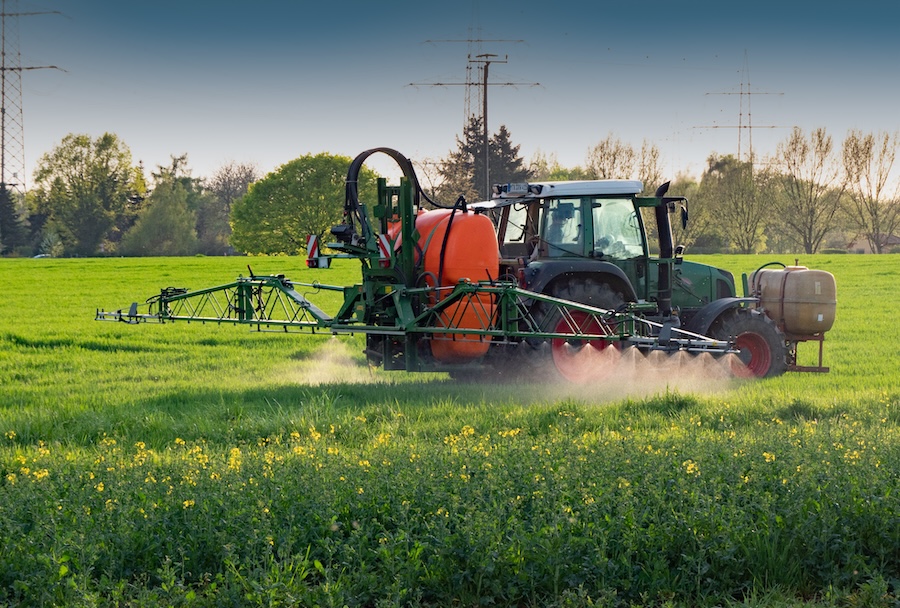Sponsored
Understanding the Growing Debate Over Glyphosate and Herbicides
American agriculture is already facing long-term pressures, from volatile input costs to falling commodity prices. But now, a new challenge is testing farmers, regulators, and policymakers: the future of herbicide use.
At the center of the controversy is glyphosate, one of the most widely used herbicides in the world. Farmers say products like this are essential for protecting their crops against invasive weeds that would otherwise choke yields and increase production costs. To them, herbicides are not optional — they are a core necessity of modern farming.
But over the past decade, glyphosate has become a political flashpoint. Activists argue the chemical may pose health risks to humans, pointing to a 2015 report from the World Health Organization’s International Agency for Research on Cancer (IARC), which classified glyphosate as “probably carcinogenic to humans.” Some researchers also believe it may act as an endocrine disruptor, potentially interfering with hormone systems.
Regulatory bodies in the United States strongly disagree with that assessment. “[EPA] found that there are no risks of concern to human health when glyphosate is used in accordance with its current label,” according to the U.S. Environmental Protection Agency (EPA). The agency has conducted multiple reviews of glyphosate since it was first registered in 1974 and concluded it is not likely to be a human carcinogen.

Tractor with sprayer works on a field
In February 2020, after receiving public input, the EPA released an interim registration decision that affirmed its long-standing position: glyphosate is safe when used as directed. While the agency acknowledged ecological risks to non-target plants through spray drift, it determined the benefits of glyphosate outweighed those risks when used in accordance with updated label requirements.
Critics of glyphosate argue that until the EPA completes its reevaluation, farmers and consumers are left in the dark. They also note that there may be mechanisms of action — such as potential impacts on the human microbiome — that traditional toxicology studies might not detect and that regulators must take into account.
At the same time, many farmers and agricultural scientists believe the growing skepticism — and surge in lawsuits — reflect political pressure more than scientific evidence.
Republicans have also consistently questioned the credibility of the WHO on issues ranging from COVID-19 to herbicide safety. In a 2019 hearing, then-House Science Committee Chairman Lamar Smith (R-TX) criticized the IARC study. “In its assessment, IARC did no direct evaluation of glyphosate’s effect on humans,” he said.
Supporters of continued glyphosate use point to the vast body of scientific research behind it. Over 1,500 studies across five decades have shown the herbicide poses minimal risk when used properly. That’s part of why many in agriculture continue to rely on it despite the legal and political uncertainty.
Why does it matter? Farmers argue that banning or limiting access to widely used herbicides could reduce crop production and increase food prices. With food inflation already impacting families across the country, the outcome of this debate could affect far more than just the farming community.
Everyone has a different perspective — from the scientists studying these chemicals to the companies that make them — but for the farmers who use them, the issue remains both personal and urgent.







